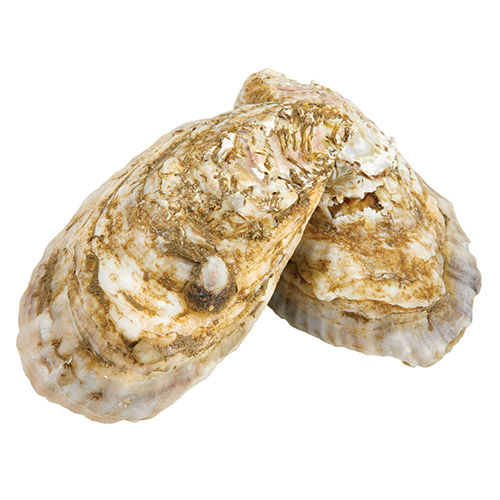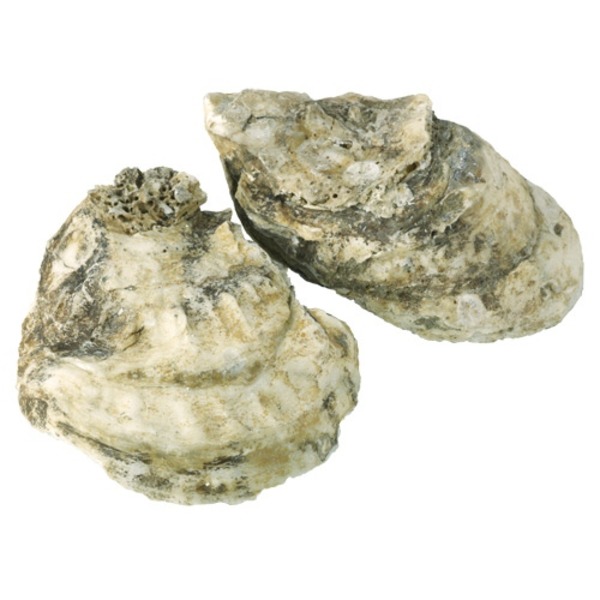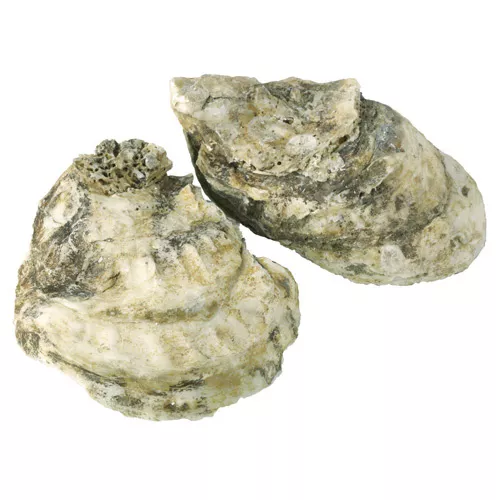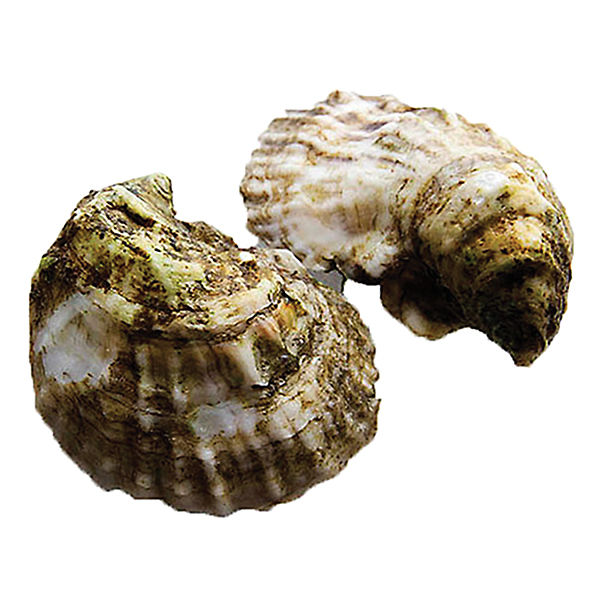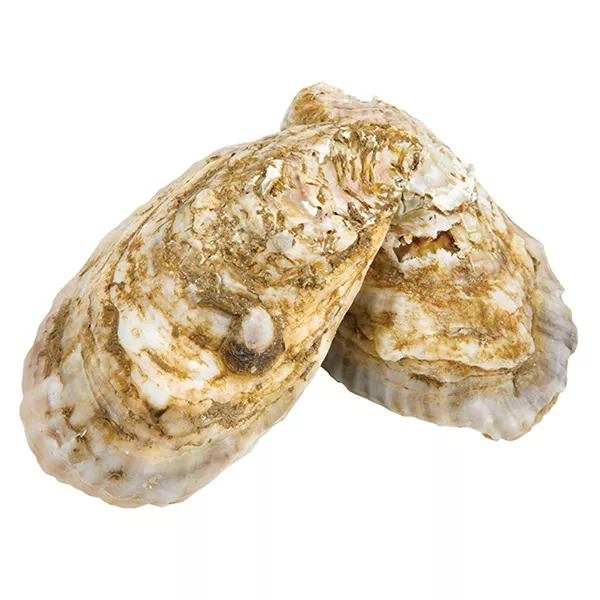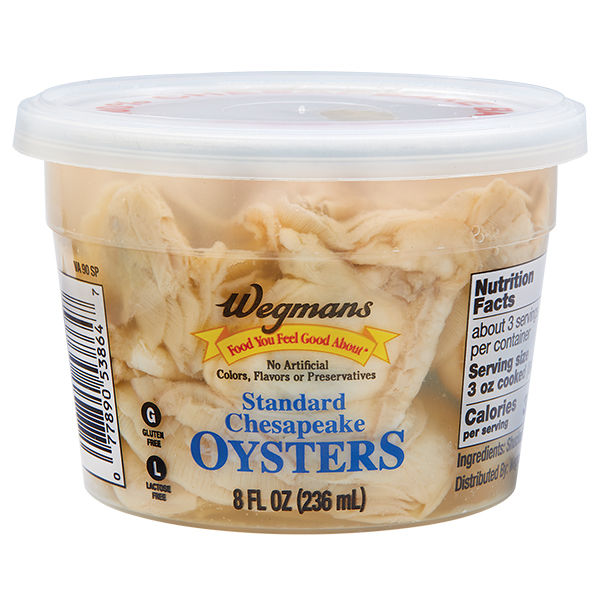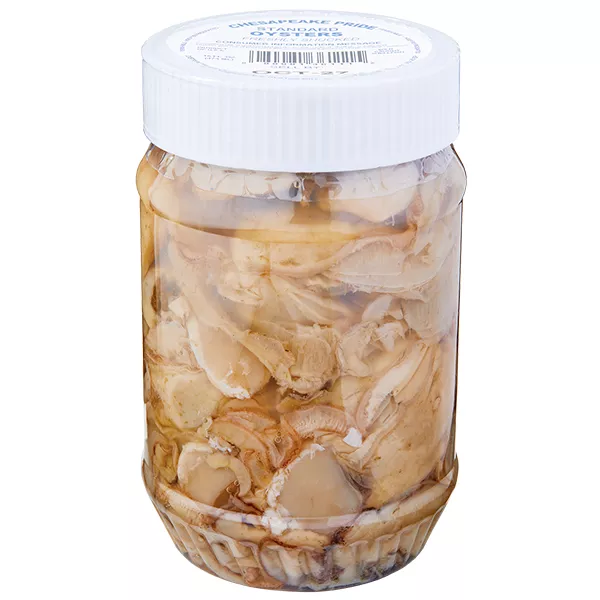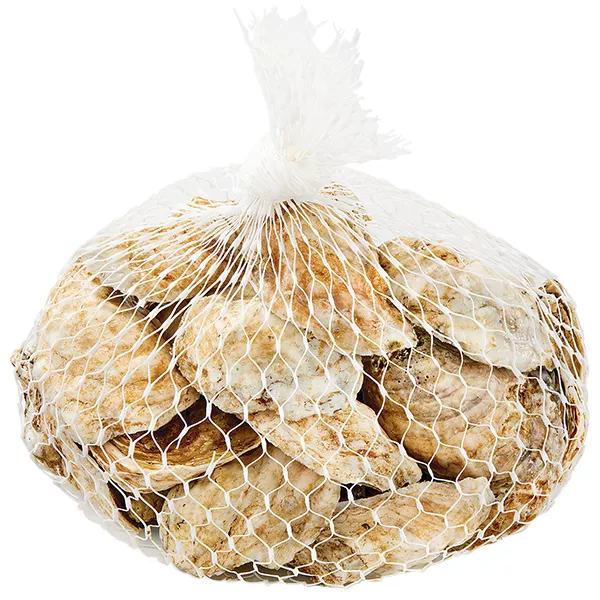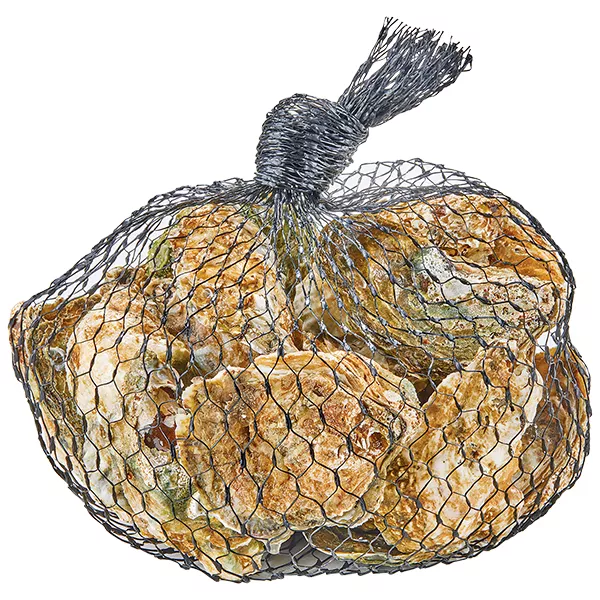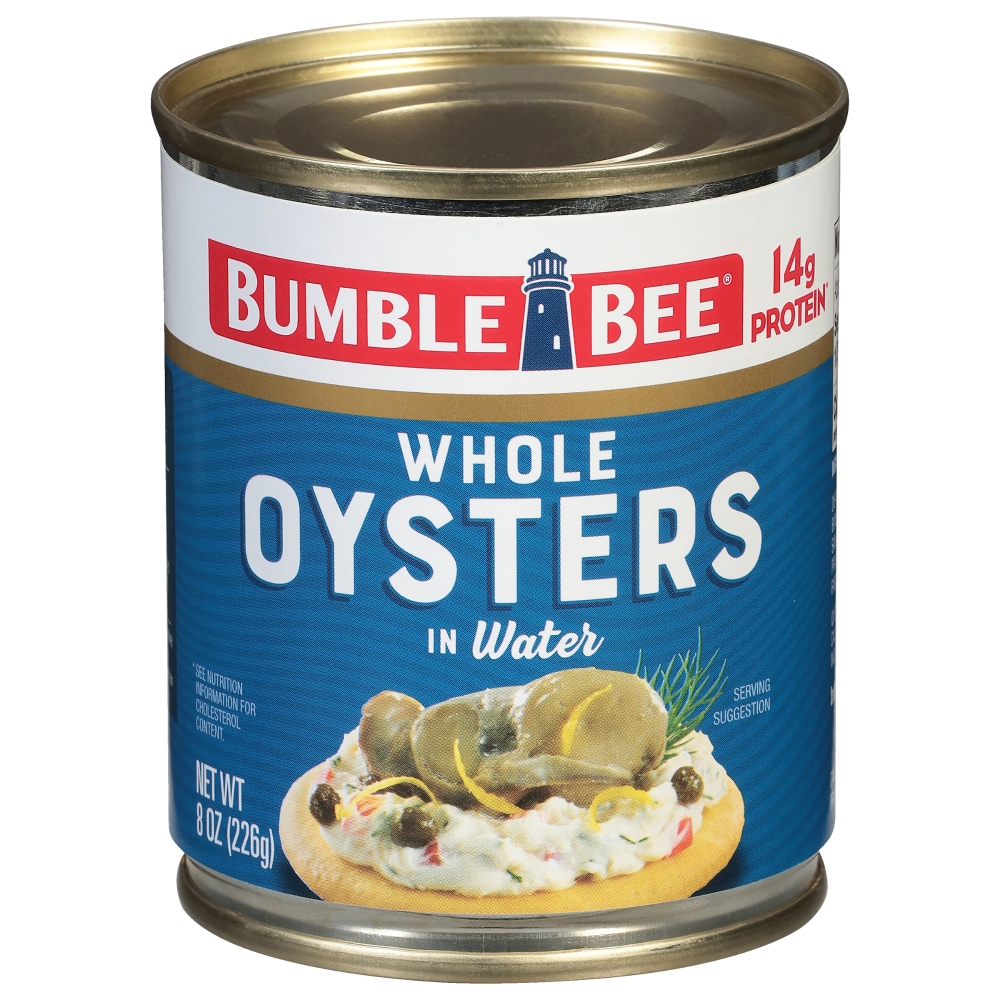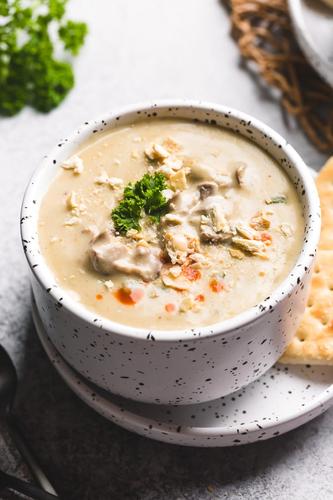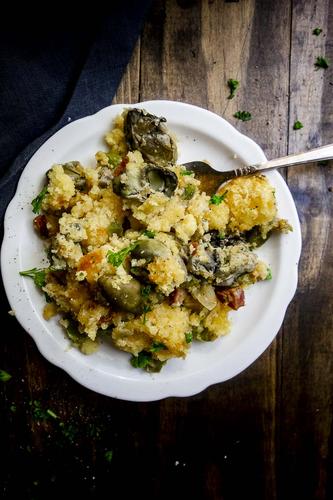APPETIZERS
MAIN DISHES
SIDE DISHES
Oyster
Oysters are marine bivalve mollusks known for their unique, delicate taste and presentation. They are found in both saltwater and brackish environments and are commonly consumed either cooked or raw. Oysters are highly sought-after for their nutritional benefits, as they are rich in vitamins, minerals, and protein while low in calories.
These versatile shellfish are suitable for various cooking methods including grilling, roasting, and steaming, with popular dishes like Oysters Rockefeller and Oyster Po' Boy sandwiches. There is also a long-standing tradition of serving oysters raw on the half shell, with a squeeze of lemon or a dollop of mignonette sauce, which highlights their natural brininess and tender texture.
27%
CARBS
17%
FAT
56%
PROTEIN
416 Oyster Products
Wegmans Blue Point Cape Neddick Oysters
Wegmans Barrier Island Oysters In The Shell
Wegmans Chesapeake Bay Oysters
Standish Shore Oyster
Wegmans Wellfleet Oysters
Wegmans Standard Chesapeake Oysters
Wegmans Shucked Standard Oyster
Wegmans Chesapeake Oysters, 25 Count
Wegmans Barrier Island Oyster, 25 Count
Bumble Bee Whole Oysters
Used In 3 Recipes
Oyster Is Frequently Used With
Oyster FAQ
Oysters are a popular choice for seafood lovers, but they can also be intimidating if you're not familiar with how to prepare and cook them. People often go wrong by not shucking them properly, which can lead to broken shells in the oyster meat. It's important to use an oyster knife and have a steady hand. Furthermore, even though oysters are delicious eaten raw, they can also be grilled, fried, or used in stews.
Another aspect where people falter is to overlook the fact that different oyster species have unique flavors and textures. It's not a one-flavor-fits-all, with some being sweeter, and others saltier.
When eating raw oysters, a common mistake is to just swallow them whole. You're supposed to chew them to fully appreciate their flavor. Don’t drench them in sauce either, as it can overpower the subtle flavors.
To get the most out of your oysters, pair them with a white wine or Champagne. The acidity and crispness of these beverages contrast nicely with the richness and creaminess of the oysters, enhancing their flavor.
A little-known tip about oysters is that they are aphrodisiacs due to the high amounts of zinc, which is involved in testosterone production.
How do you shuck an oyster?
What should I look for when buying oysters?
How do I serve raw oysters?
Do you chew oysters?
How can I cook oysters?
Are oysters good for you?
What drinks pair well with oysters?
Are some oysters better eaten than others?
Can you eat oyster shells?
Why are oysters considered an aphrodisiac?
Expiration & Storage Tips
When does oyster expire?
Oysters, being delicate and highly perishable, don't last very long. They're often sold live and should be eaten on the day of purchase, especially if you plan to eat them raw. Unopened, refrigerated live oysters can last up to 5-7 days, so long as they remain cold and their shells are firmly shut. Once they’ve been removed from their shells, however, things speed up and they'll only remain edible for about 2 days in the refrigerator. Freezing is an option, in which case they can stay good for up to three months, but it's recommended to use them for cooking, not raw dishes upon defrosting. To defrost, simply put them in the refrigerator overnight.
How do you tell if oyster is bad?
To check if an oyster has gone bad, look at it, smell it, and feel it. An expired oyster often gives off a pungent odor that isn't present in fresh ones, somewhat like rotten eggs. Regarding appearance, if the shell is open and doesn't close when tapped, it's likely dead and unsafe to eat. Bad oysters can also appear dry or shriveled inside their shells. Remember, when it comes to oysters, 'When in doubt, throw it out.'
Tips for storing oyster to extend shelf life
• Store live oysters in a colander with their round side down, set over a bowl in the refrigerator. Cover them with a damp cloth but never submerge in water - they can drown.
• Never store oysters directly on ice or in a sealed container - they need to breathe.
• If you've shucked oysters and have leftovers, store them in the fridge in a sealed container submerged in their own liquid for up to 2 days.
• To freeze, place unopened oysters in a freezer-safe bag and get as much air out as possible. Remember to label and date the bag.
• Always keep them at the back of the fridge, where it's coldest. The temperature should be under 4°C (39°F).
• After thawing frozen oysters, use them as soon as possible and never refreeze.
EXPIRES WITHIN
6 - 11
DAYS
Substitutes
Health Info
Macros
1g
CARBS
0g
FAT
2g
PROTEIN
Allowed on these diets
LOW FAT
HIGH CALCIUM
KETO
PALEO
WHOLE 30
MEDITERRANEAN
LOW CARB
LACTOSE FREE
GLUTEN FREE
Contains these allergens
CRUSTACEAN SHELLFISH

